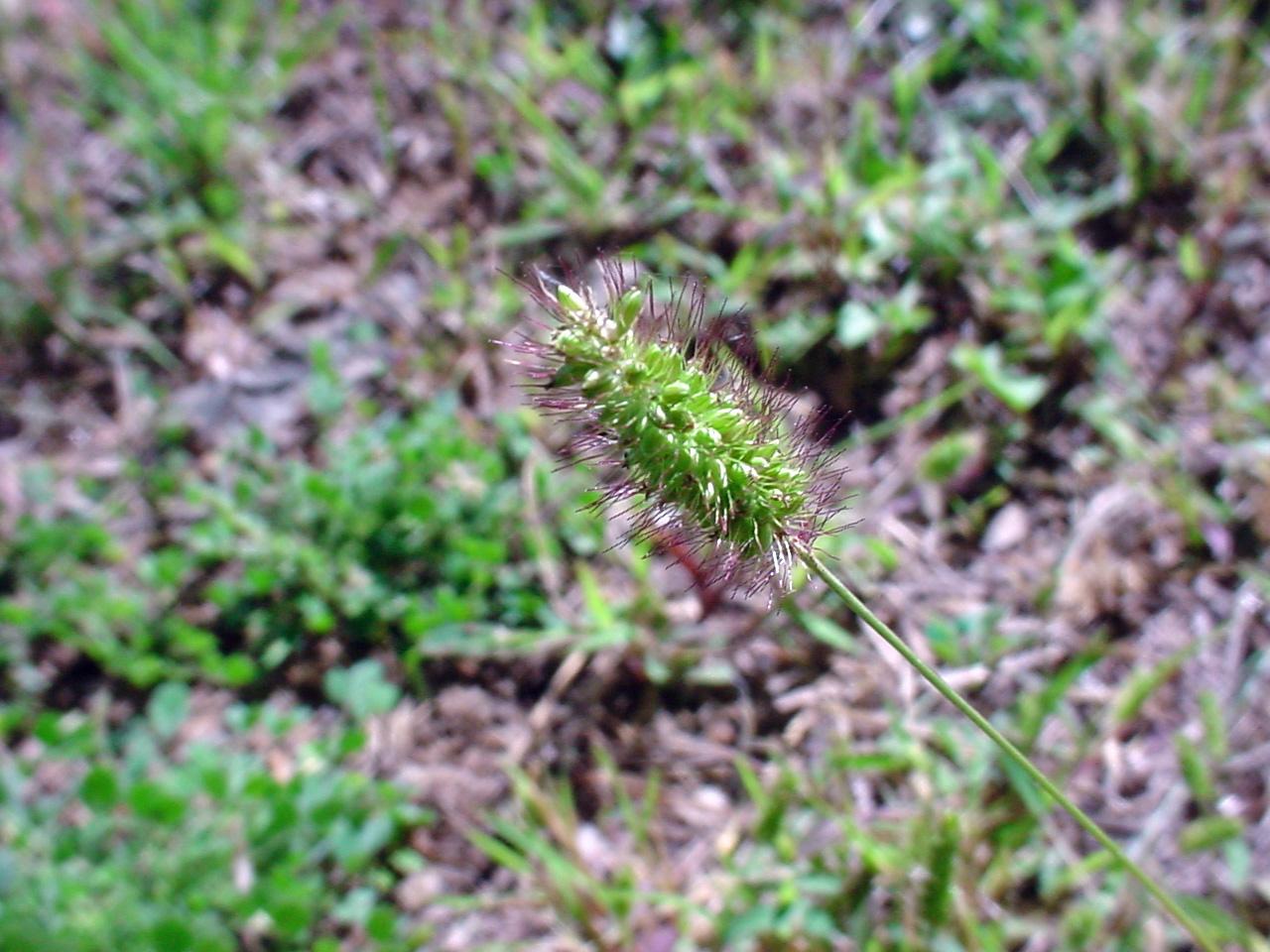|
Family: Poaceae |
Plants annual or perennial; cespitose, rarely rhizomatous. Culms 10-600 cm, erect or decumbent. Ligules membranous and ciliate or of hairs; blades flat, folded, or involute, or plicate and petiolate (subg. Ptychophyllum). Inflorescences terminal, panicles, usually dense and spikelike, occasionally loose and open; disarticulation usually below the glumes, spikelets falling intact, bristles persistent. Spikelets 1-5 mm, usually lanceoloid-ellipsoid, rarely globose, turgid, subsessile to short pedicellate, in fascicles on short branches or single on a short branch, some or all subtended by 1-several, terete bristles (sterile branchlets). Lower glumes membranous, not saccate, less than 1/2 as long as the spikelets, 1-7-veined; upper glumes membranous to herbaceous at maturity, 1/2 as long as to nearly equaling the upper lemmas, 3-9-veined; lower florets staminate or sterile; lower lemmas membranous, equaling or rarely exceeding the upper lemmas, rarely absent, not constricted or indurate basally, 5-7-veined; lower paleas usually hyaline to membranous at maturity, rarely absent or reduced, veins not keeled; upper florets bisexual; upper lemmas and paleas indurate, transversely rugose, rarely smooth; anthers 3, not penicillate; styles 2, free or fused basally, white or red. Caryopses small, ellipsoid to subglobose, compressed dorsiventrally. x = 9. Name from the Latin seta, bristle and aria, possessing. Spikelets turgid, with one perfect terminal fl and a neuter or sometimes staminate floret below, sessile or subsessile, articulated and eventually deciduous above the persistent subtending bristles (or even above the glumes and sterile lemma), crowded into a dense and spike-like panicle with many nodes and short branches, each branch-system with numerous reduced sterile branches forming the prominent bristles; first glume triangular to ovate, 3- or 5-veined, up to nearly half as long as the spikelet; second glume several-veined, longer, up to as long as the spikelet; sterile lemma glume-like, about equaling the fertile one, usually with a well developed palea; fertile lemma indurate, smooth or more often transversely rugulose, its margins revolute and clasping a palea of similar texture. 140, cosmop., mostly in warm regions. Gleason, Henry A. & Cronquist, Arthur J. 1991. Manual of vascular plants of northeastern United States and adjacent Canada. lxxv + 910 pp. ©The New York Botanical Garden. All rights reserved. Used by permission. |


